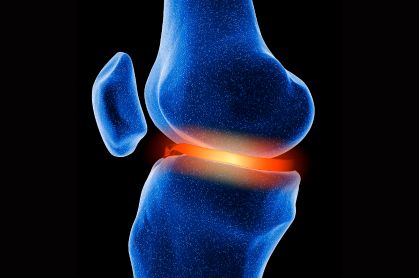Meniscus Repair
Once diagnosed with a meniscus tear, a decision needs to be made regarding the treatment of this problem. Many meniscal tears, particularly chronic tears, can be treated non-operatively. non-operative treatments may include
- Physical therapy
- Strengthening exercises
- Anti-inflammatory medications, and
- Cortisone injections
However, some meniscus tears may require surgical treatment.
Why perform a meniscus repair?
In some situations, your surgeon may offer a meniscus repair as a possible surgery for damaged or torn cartilage. Years ago, if a patient had torn cartilage, and surgery was necessary, the entire meniscus was removed. These patients actually did quite well after the surgery. The problem was that over time, the cartilage on the ends of the bone was worn away more quickly. This is thought to be due to the loss of the cushioning effect and the diminished stability of the joint that is seen after a meniscus is removed.
When arthroscopic surgery became more popular, more surgeons performed partial menisectomies. A partial meniscectomy is performed to remove only the torn segment of the meniscus. This works very well over the short and long term if the meniscus tear is relatively small. But for some large meniscus tears, a sufficient portion of the meniscus is removed such that problems can again creep up down the road.
Who needs meniscus surgery?
Tears of the meniscus that cause so-called “mechanical symptoms” tends to respond best to surgical treatment. A mechanical symptom is caused by the meniscus physically impeding the normal movement of the knee. Common “mechanical symptoms” include:
- Locking of the knee (unable to bend)
- Inability to fully straighten the knee
- A popping or clicking sound or sensation
In the operating room, the surgeon has two primary options, either remove the torn meniscus (a partial meniscectomy) or perform a meniscus surgery to place the edges together with sutures or tacks.
Is A Meniscus Repair Better?
The meniscus is a circular piece of cartilage with its blood supply coming from the outer rim. In order for the meniscus repair to heal, the tear must be near this outer edge in an area of good blood supply (nutrients from the blood vessels are necessary for healing)–this is the so-called red (vascular)-white (non-vascular) region of the meniscus.
Tears in the central portion of the meniscus will not heal even if a meniscus surgery is performed. These central tears will be removed by your surgeon. However, studies seem to show that if a meniscus repair is possible, the long-term outcome is better for the patient because of adecreased the risk of arthritis later in life.
How is the meniscus repair performed?
Techniques of meniscus repair include using arthroscopically placed tacks or suturing the torn edges. Both procedures function by reapproximating the torn edges of the meniscus to allow them to heal in their proper place and not get caught in the knee causing the symptoms described above.
How successful are meniscus repairs?
The success of a meniscus repair is most dependent on two factors. First, if the meniscus repair is attempted on a tear in the central portion of cartilage (where the blood supply is poor), it is likely to fail. Second, patients must be compliant with the post-operative rehabilitation after a meniscus repair.
If the meniscus repair fails (i.e. the repaired cartilage falls apart), which happens between 20 to 40% of the time, a second surgery may be necessary to remove the re-torn meniscus.






